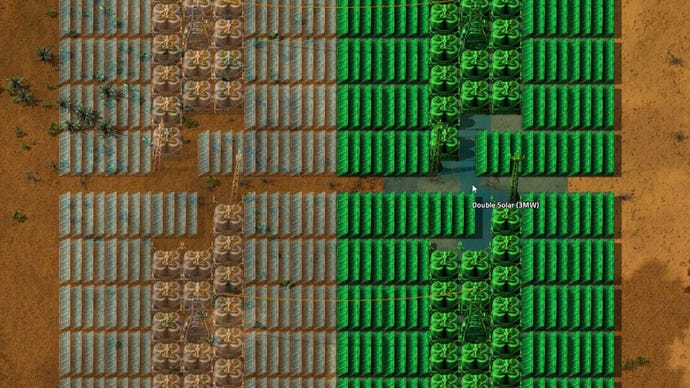As I open the door to return after a short break, I’m glad to find that last time you decided that violence at the door was better than marking spots for teammates. Sure, tagging is convenient, it’s helpful, it’s nice, but can it really solve problems that wouldn’t be solved by slamming a door in someone’s face? Of course not. This week, I ask you to choose between risky destruction and precise construction. What’s better: breech-loading grenade launchers or building blueprints?
Breech-loading grenade launcher
I’m always drawn to high risk/reward weapons, anything with a big punch that also makes me vulnerable. Two-handed warhammers (and kirkhammers), claymores, double-barreled or pump-action shotguns, Labrador-sized revolvers, and especially breech-loading single-shot grenade launchers. If I land this shot, you’ll explode. Otherwise, oh my god, what am I doing for the next whole second. Or worse, where could that grenade bounce?
If a game offers me one, I use it. They look great, they sound great, they create some nice explosions, they require split-second calculation of arcs and bounces that quickly turn into a satisfying hunch, and they create a nice beat of violence as I rain down ragdoll corpses. Ploompf kaboom kruck kshlick chak.
Destiny 2’s Fighting Lion stands out as my favorite breech-loading grenade launcher and my favorite weapon in all of Bungie’s MMOFPS (with tens of thousands of recorded kills). It’s the one where the grenades don’t explode on impact with the ground, allowing you to shoot happily. I also really liked the M79 from Far Cry 2, I’m sticking with it despite unlocking the fancier drum launcher. And I still laugh when I roll right over the missed grenade I fired one-handed from my motorcycle in GTA Online. But damn, I love them all.
At the end of the day, I like getting into trouble. In my pursuit of power and violence, how far will I go before I am defeated by pride. I’m hiding in cover and hope I’ve calculated your move enough that you can’t get to me before I reload. I’m trying to keep my cool because my aim will only get worse if I start to panic, and I definitely don’t have time for a second reload if I miss this. I could switch to my backup weapon, but would that keep him safe for the next 200ms at the cost of killing me 800ms later when I was overwhelmed? And heaven help me if I miscalculate the arc and a grenade falls way too short. The solution to my problems, and often their causes, are big blasts from a cool little tube.
Breech-loading grenade launchers also have some of the best weapon sounds in video games. Honestly, I could enter the sounds of some individual games as potential future best things. Not to bias this serious research we’re doing (and certainly not to stack the deck with as many individual grenade launchers as possible), but some of them really could be.
Creation of building plans
Build something. Build something carefully, placing every wall and fence and conveyor belt and power cable and processor and silo and flower and statue and track loop in exactly the right place. Now create a blueprint of your build and away you go, ready to drop a duplicate with just a few mouse clicks, dear boy. That’s the joy of creating construction blueprints (not to be confused with the common thing of creating blueprints, which create pre-made elements).

In games like Planet Coaster, where making something pretty is just as much fun as making something functional, the consistency and time saving of plans is a godsend. Or at the functional end of the scale, I can’t imagine playing Factorio or Satisfactory without using blueprints to duplicate complex industrial infrastructure and sprawling large-scale production. It’s also very handy in crafting and survival games, where you might need to rebuild bases in new locations, or not have time to carefully place every block and plank.
Blueprints are convenient, sure, but more than that, they let you think about the game on a larger scale. You solved this problem by assembling many individual parts, and now you can treat this whole assembly as one part to be used in a much larger solution to a much larger problem. They help a game expand its reach. You can see a forest better when you don’t rotate the trees individually.
But what is better?
I’m always happy to find that a game has plans. I’m even happier to find out that it will leave me ploompf kaboom kruck kshlick chak exploding me because I’ve become cocky. But what do you think, dear reader?
Choose your winner, vote in the poll below, and make your point in the comments to convince others. We will meet again next week to see which thing will triumph and continue the great contest.


